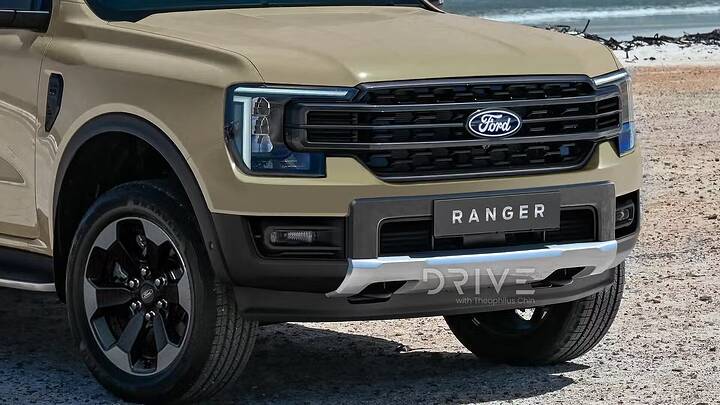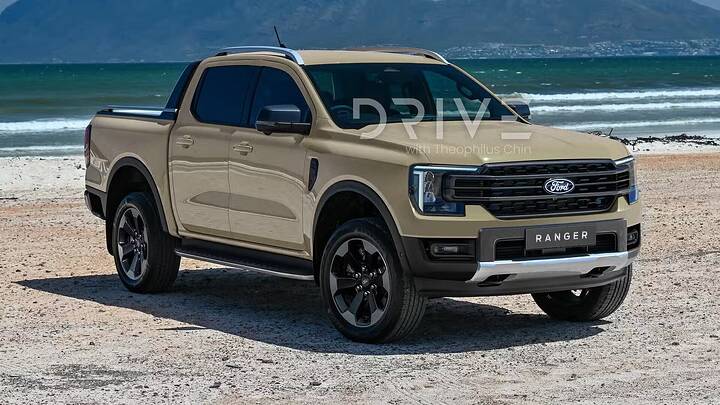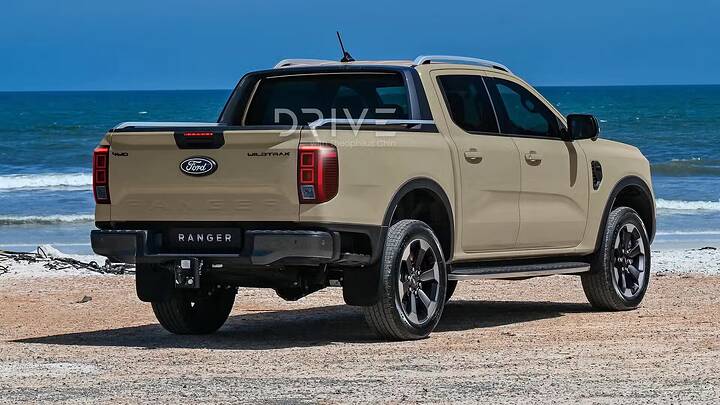Ford’s Global Midsize Truck Strategy: Ranger and Everest Get a Refresh
In a move that’s sure to shake up the highly competitive midsize truck market, Ford is gearing up for a significant mid-cycle refresh of its popular Ranger pickup and Everest SUV. According to insider information obtained by Drive, these updated models are slated to hit showrooms by 2026, marking a pivotal moment in Ford’s global truck strategy.
The current-generation Ranger, which debuted in 2022, has been a standout success for the Blue Oval, blending rugged capability with car-like refinement. However, in an industry where staying ahead of the curve is crucial, Ford isn’t resting on its laurels. The upcoming facelift is expected to bring a host of updates, potentially including:
- Revised exterior styling, possibly drawing inspiration from the latest F-150
- Interior upgrades with enhanced technology and materials
- Powertrain refinements, building on the upcoming plug-in hybrid variant
- Advanced driver assistance features to maintain competitiveness
While details remain scarce, and spy shots have yet to surface, the automotive world is buzzing with speculation. Renderings by digital artist Theottle offer a tantalizing glimpse of what a refreshed Ranger might look like, showcasing a bold front fascia that echoes the muscular presence of its full-size F-150 sibling.
The timing of this update is strategic, as it positions Ford to counter upcoming releases from key rivals. Toyota is expected to unveil an all-new HiLux within the next two years, while Nissan prepares to launch its next-generation Navara. The mid-size truck segment is heating up, with even newcomers like LDV potentially entering the fray with an all-electric offering.
Looking further ahead, production schedules hint at an even more radical shift for Ford’s midsize truck lineup. The current Ranger and Everest platforms could see their production wind down as early as 2029 or 2030 outside of North America. This aligns with Ford’s previously announced plans to integrate elements of the Ranger platform into a new global body-on-frame architecture, which will be developed primarily in the United States.
As we look towards the latter part of this decade, the next-generation Ranger is expected to share more DNA with its full-size F-150 counterpart. This could potentially bring increased capability, advanced powertrains, and cutting-edge technology to the midsize segment.
While the automotive landscape continues to evolve rapidly, one thing is clear: Ford is committed to maintaining its strong position in the global truck market. The upcoming Ranger and Everest updates are just the beginning of what promises to be an exciting new chapter for Blue Oval enthusiasts worldwide.



